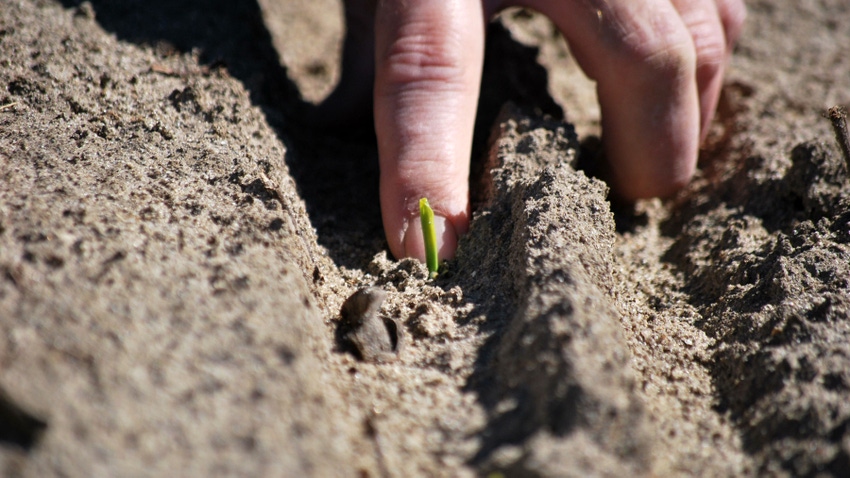
The mood was less than enthusiastic at the Florida-Alabama Peanut Trade Show earlier in February, but it didn’t dampen the hopes for a better 2024 crop.
Ken Barton was there in Dothan, Ala., at the National Peanut Fairgrounds, along with a few hundred others. The executive director of the Florida Peanut Producers Association said the 2023 growing season still lingered in minds. It was a tough one around southwest Georgia, the Florida panhandle and Alabama’s wiregrass region.
“Simply because of the weather conditions. The heat and drought stress were such that it adversely affected every crop we grow. Corn, peanuts, and cotton yields were off. Quality was way down, too. So, you could say we are in a recovery mode,” he said.
For the 2024 growing season, he said growers need weather that is something closer to whatever a good normal can be. “And, naturally, we need the cost of the products that we grow to be somewhat in line with what it now costs us to grow them. We're just not getting the prices for the commodities. That has to change,” he said.
According to recent numbers from USDA, U.S. peanut farmers produced 2.95 tons in 2023. Adding in the beginning stocks supply and imports, the total available to the market is 4 million tons. The agency pegged domestic usage at 3.08 tons, which leaves 976,000 tons carryover supply available to shellers to keep shelling until the 2024 harvest begins. That’s a large carryover supply, which depresses the market’s appetite to pay more for peanuts.
But consumption remains strong for U.S. peanuts, reaching record highs in the last few years. Also, according to the American Peanut Council, exports in 2023 were stout, increasing 24% by value and 18% by volume to reach $889.5 million and 562,927 metric tons, a new record-high for export value.
The peanut industry’s efforts to expand markets and promotion are working.
Right now, nothing is final or in fields, but most industry experts figure national acreage for runner peanuts will be higher in 2024. By how much? Maybe 5% to 8% increase over 2023. In Georgia, the country’s top peanut producer, acreage is expected to increase possibly to more than 800,000 and not expected to be below 770,000 acres.
Back at the peanut trade show in Dothan, Barton, like most farmers, remained naturally optimistic. It’s hard to be a farmer if you don’t lean positive.
“Enthusiasm is extremely low. That’s true, and probably the lowest that I've ever seen. But even with that, I told my son that I hope when we smell a little fresh dirt, that we get excited about it again. That usually helps,” Ken said.
Read more about:
StressAbout the Author(s)
You May Also Like






